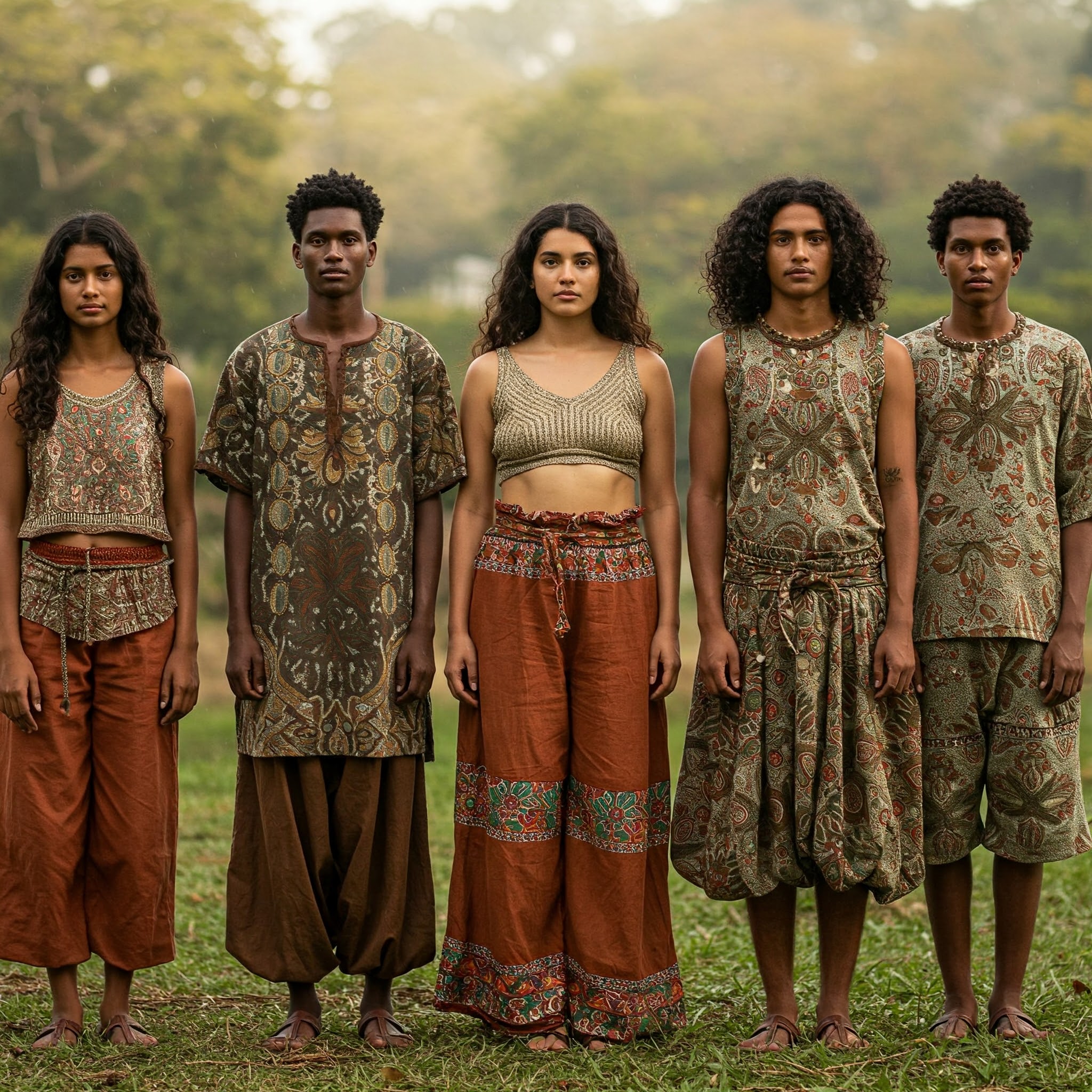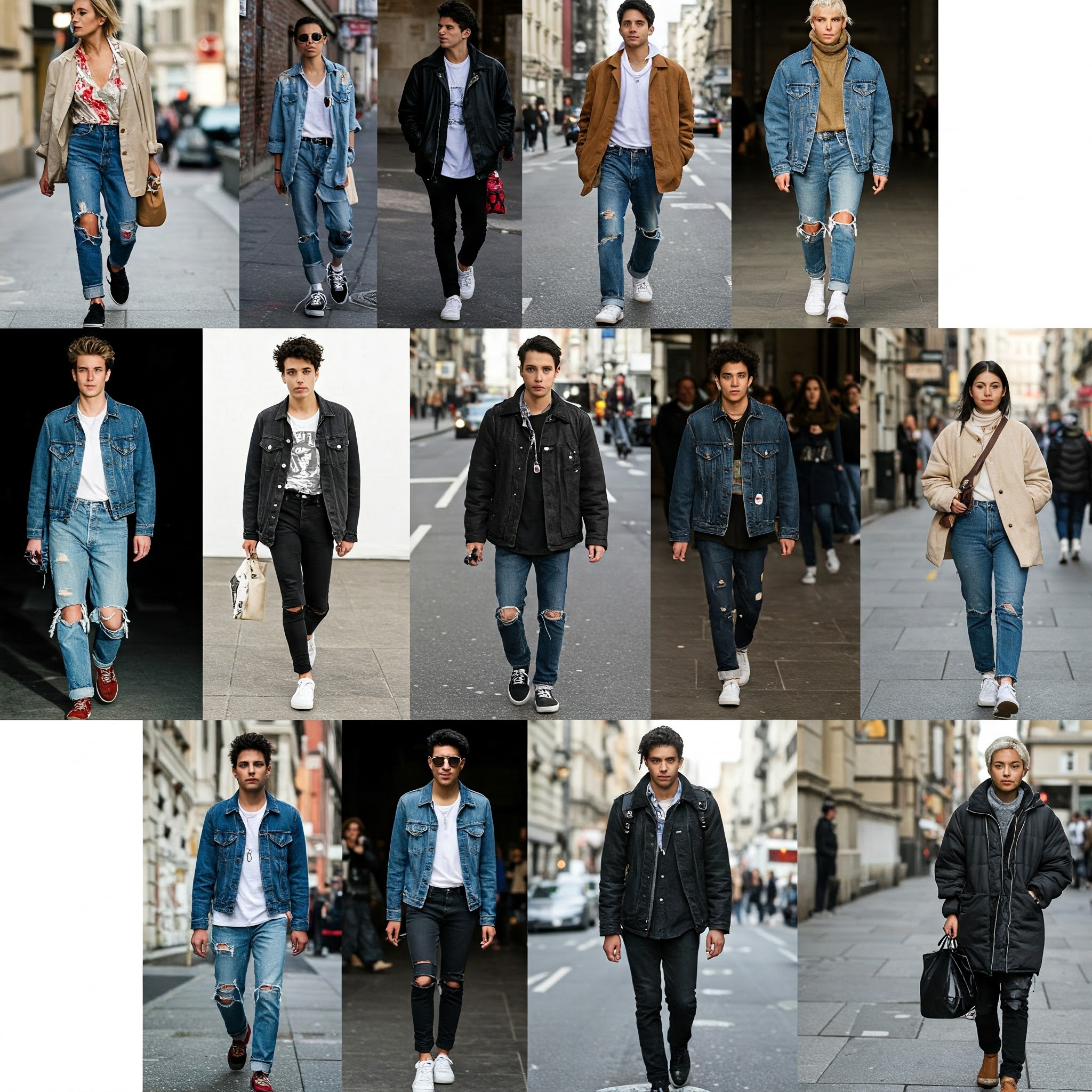No products in the cart.: $0.00
Sustainable Fashion: Weaving Ethics into Style

The fashion industry, long admired for its creativity and glamour, is increasingly under scrutiny for its environmental and social impact. From the vast amounts of textile waste generated to the often exploitative labor practices, the true cost of our clothes is becoming alarmingly clear. In response, a powerful movement is gaining momentum: sustainable fashion. It’s a holistic approach that seeks to minimize the negative impacts of the fashion industry, ensuring that style doesn’t come at the expense of our planet or its people.
At its core, sustainable fashion encompasses a wide range of practices and philosophies. It’s about considering the entire lifecycle of a garment, from the sourcing of raw materials to its disposal. This includes using eco-friendly materials like organic cotton, recycled polyester, and innovative plant-based fabrics. It also involves reducing water and energy consumption in production, minimizing the use of harmful chemicals and dyes, and designing for durability and longevity.
One of the key principles of sustainable fashion is transparency in the supply chain. Consumers are increasingly demanding to know where their clothes come from, who made them, and under what conditions. Brands that are committed to sustainability are working towards greater transparency, providing information about their factories, labor practices, and environmental impact. This allows consumers to make more informed choices and support brands that align with their values.
The concept of “slow fashion” is also central to the sustainable fashion movement. It’s a counterpoint to the fast fashion model, which encourages rapid consumption and disposable clothing. Slow fashion emphasizes buying fewer, better-quality items that are designed to last. It encourages consumers to appreciate the craftsmanship and the story behind their clothes, fostering a more mindful approach to consumption.
Repairing, reusing, and recycling clothes are also crucial aspects of sustainable fashion. Instead of discarding unwanted garments, extending their lifespan through repair or upcycling can significantly reduce textile waste. The second-hand market, including thrift stores and online platforms, plays a vital role in giving clothes a new life. Innovative textile recycling technologies are also emerging, offering the potential to transform old clothes into new fibers.
Beyond environmental concerns, sustainable fashion also addresses social issues. Fair labor practices, ethical working conditions, and fair wages for garment workers are integral to this movement. Brands that prioritize ethical sourcing and production ensure that the people who make our clothes are treated with dignity and respect.
The shift towards sustainable fashion is not just a trend; it’s a necessary evolution. Consumers have a powerful role to play by demanding more sustainable options and supporting brands that are committed to ethical and environmental responsibility. Education and awareness are key to driving change, empowering individuals to make conscious choices about their clothing.
While the challenges facing the fashion industry are significant, the growing momentum of the sustainable fashion movement offers a glimmer of hope. Designers, brands, innovators, and consumers are all contributing to a future where fashion is not only stylish but also sustainable. By weaving ethics into style, we can create a fashion industry that respects both people and the planet, ensuring that the clothes we wear reflect our values as well as our aesthetic. It’s a journey that requires collaboration, innovation, and a fundamental shift in our relationship with fashion, moving away from mindless consumption towards a more conscious and meaningful engagement with what we wear.


